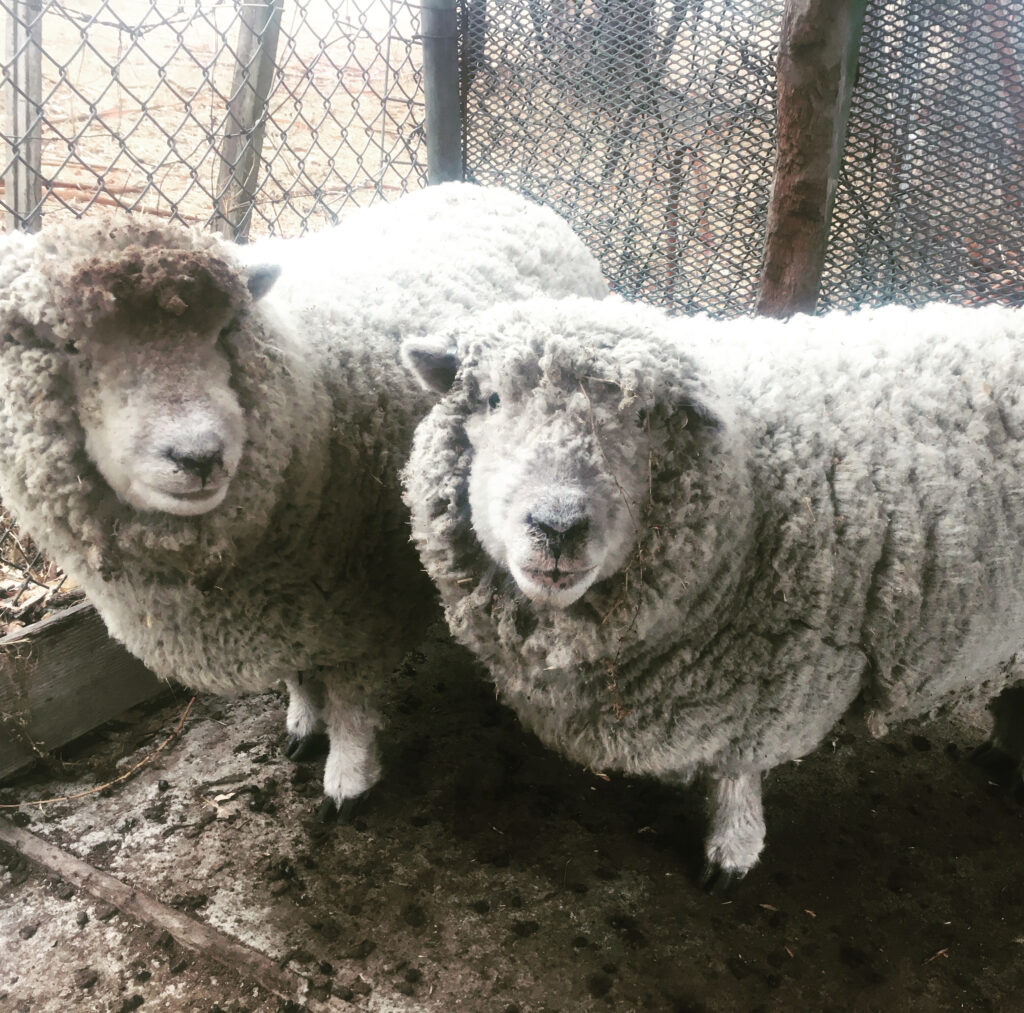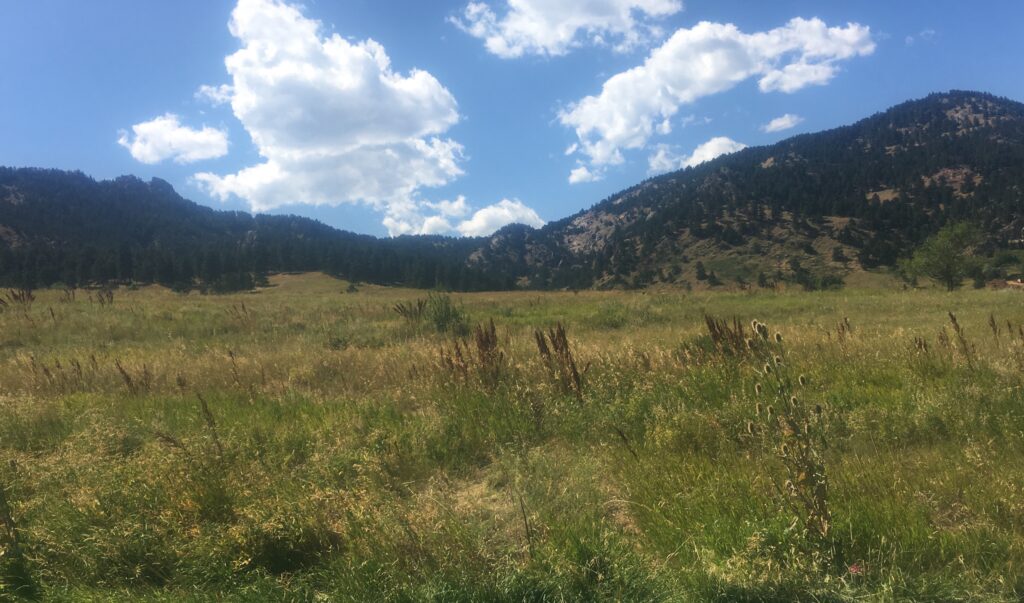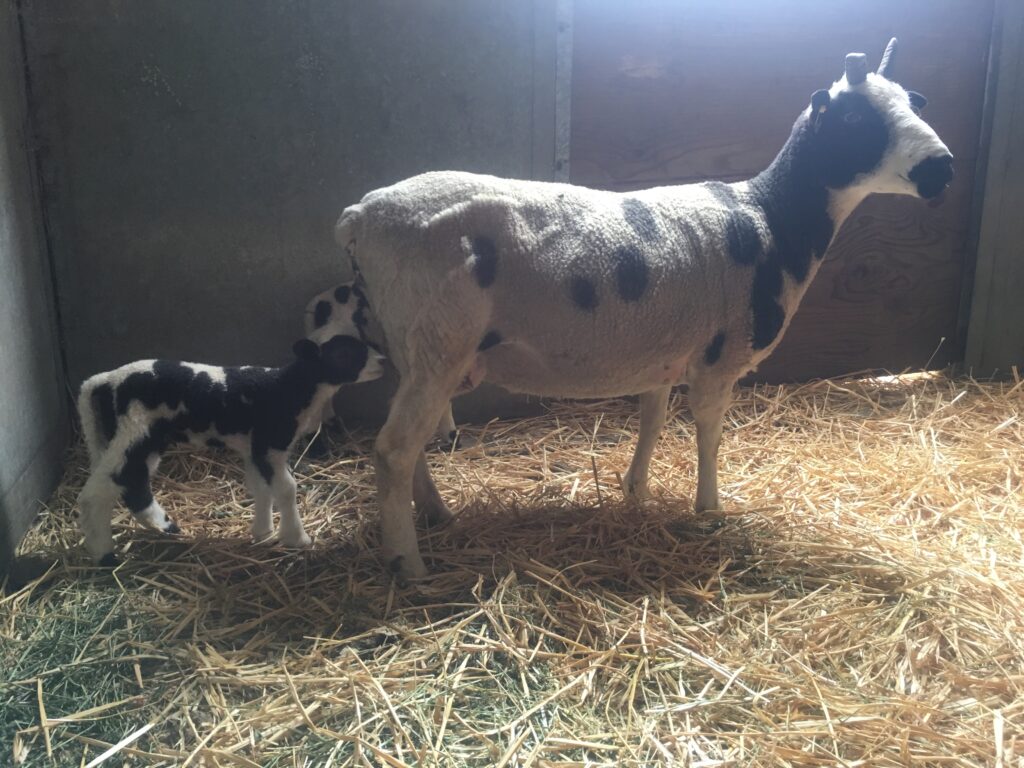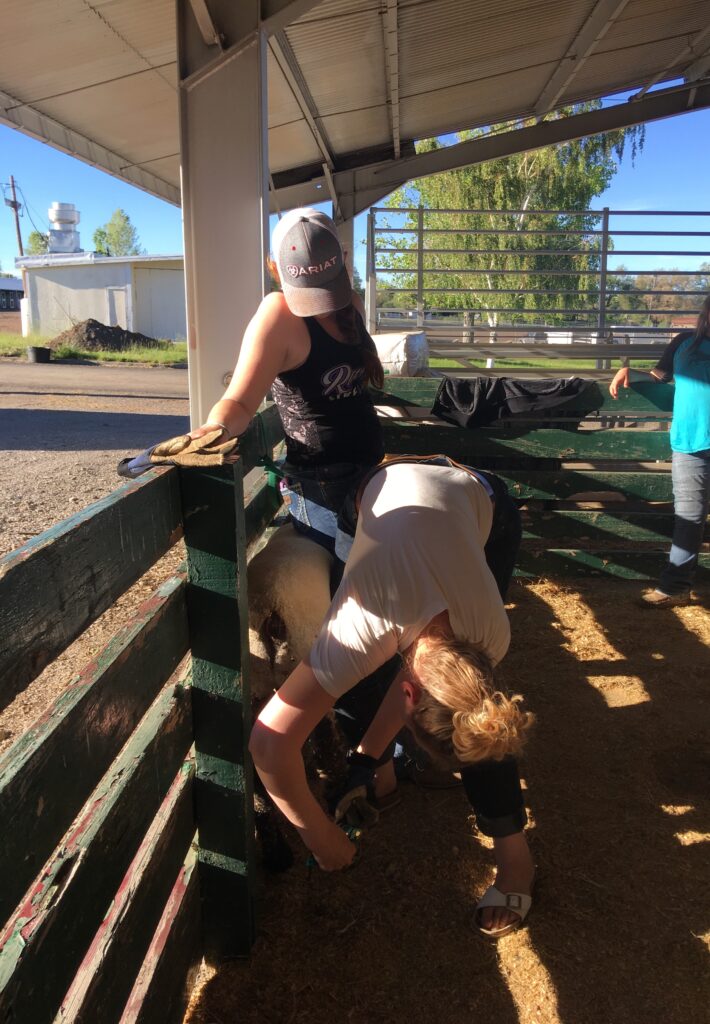“What are you doing about shearing?” is a question I get daily, these pandemic days. This post is my lengthy answer. In the US, shearers are broadly considered ag workers, and ag workers are considered essential workers. But that’s the beginning of the issue, not the end. I’m essential. Now what?
In the shearing community, you will find the full spectrum of ways of dealing with various forms of shelter-in-place orders, from changing nothing and traveling across multiple states per usual, to changing just about everything to biohazard mode. I’m in the latter camp.
I love sheep, but I’d be lying if I said I wanted to die for them. Do I want to die to preserve my business or, worse, be disabled (long term or permanently) with cardiovascular effects that would end my shearing days anyway? No. That said, sheep need to be sheared. I figure my small-flock shearing situations are safer than a trip to the grocery store, if I am careful.
I do love soap and being clean. I’ve got that much going for me.

The first thing I did was to self quarantine early, before our local or state government said I had to. Anticipating (incorrectly) an earlier lockdown, my husband and I began our self quarantine on February 27. I canceled an early March trip to Montana, absolute and utter heartbreak because I not-so-secretly want to live there, like too many Californians, I suppose. I hope it has worked. I have shown no signs of sickness these 61 days.
Next, I rescheduled all of my late March to late April shearing jobs to see what we would learn about the virus in the meantime, and to think about what to do in terms of my shearing process and policies. I wanted to be a good neighbor: Frankly, I would want to die if I infected a customer and, through them, a whole rural community.
All of this is no small task and, hardest of all, I did it knowing it would be so much hotter one month later. (It is.) Every year I say it’s too hot, too soon, earlier.
My practices come mostly from what’s known about how the virus spreads, and how long it lives on various surfaces, but here are the ones I’ve come up with so far.
Covid-19 Sheep Shearing Policies
1) I have and am enforcing a strict ZERO CONTACT shearing policy.
Flock owners must maintain a distance of at least 10 feet, given how much I am sweating and moving around. I will not eat shared food (not that I don’t love it, but this years I’ll have all my own food and water). No neighbors or family observers allowed, no demos, and no community skirting, because people shouldn’t touch wool I have just touched and sweat on profusely. If neighbors start appearing, either they leave or I do. I have no way of knowing who these people are or how safe they have been. Think skeleton crew this year.
To help facilitate this, I ask flock owners be available by text and/or phone in case I have questions or need to reach them. This way, I don’t have to shout or knock on the door. I also appreciate signs, balloons, or sidewalk chalk instructions pointing me to where I need to be and/or where the sheep are, etc.
I am wearing a mask in public, and I will wear one if/when I need to be in nearer proximity of a flock owner, but I do not want to have to shear in one. I have tried it. It is very hard and very hot.
It would be nice for folks to be in screaming distance, in case I have an accident and need someone to call 911 for any worst-case scenario stuff.
Folks can have the virus and be asymptomatic for a long time. I can’t afford to trust anyone, and they can’t afford to trust me. Treat me like I have the virus.
2) Sheep must be TIGHTLY penned. Pack ’em in shoulder to shoulder (which sheep like anyway).
Like this:
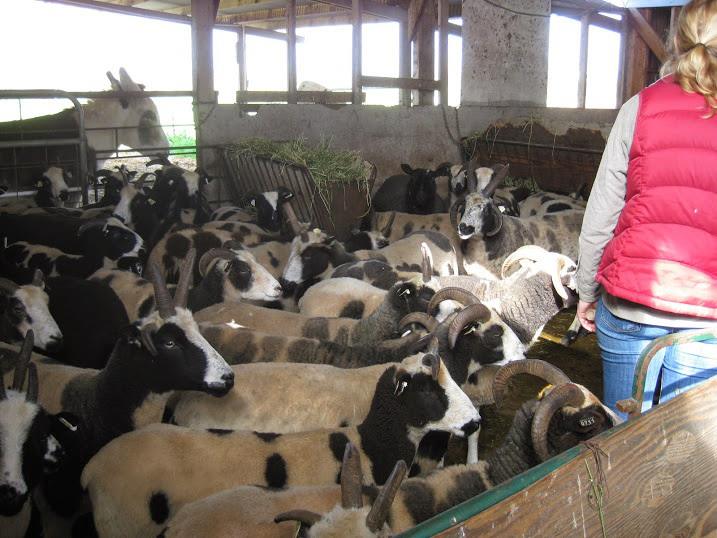
NOT like this:
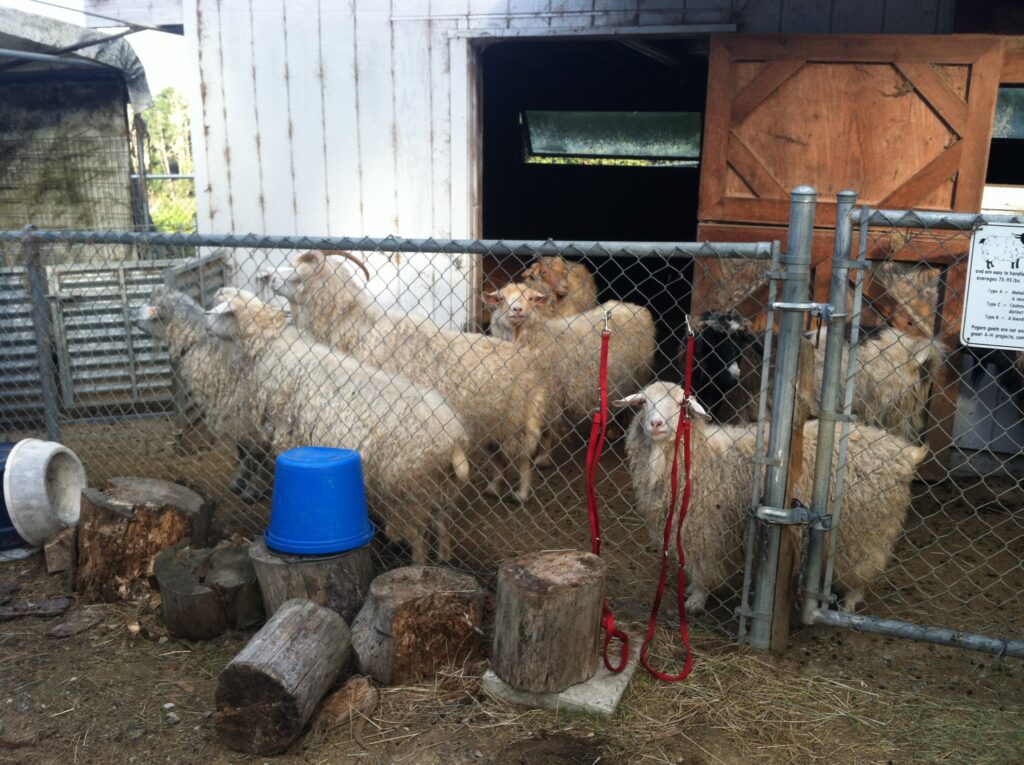
And I do mean: Sheep packed TIGHTLY together in a small space, so they cannot run, so I can reach in and get one. I do not want to be touching gates and walls and stressing animals out any more than necessary while working alone. If I cannot catch them without help, I cannot shear them.
In keeping with our 2020 skeleton crew philosophy, I will do all the work (catching, shearing, release or return to pen, wool handling, and cleanup). This makes my day a lot harder. How much harder? Twice as hard. At one job last year, people handed me sheep and I sheared the whole flock myself by 3 PM. This year, at the same job, no one handed us sheep and they were loosely penned and able to run. It took the same amount of time for TWO of us to shear what I sheared last year.
3) Every barn is a biohazard.
I will wipe down any and every gate, fence, etc. I need to touch. This is because the virus lives on metal for days.
I ask folks to identify (via a posted note, text message in advance, or area drawn in chalk, etc.) a target area for me to drop and/or bag sheared fleeces. Ideally, this will be an area where that fleece can be left for approximately three to four days, sufficient time to let any virus from my sweaty hands die. Alternatively, folks should wear gloves and remove the fleece to a skirting table or other area where it can then be left; or skirt the fleece with a mask and gloves on, get the fleece into a wash solution, and then wash or discard the mask and gloves. My sweat is ALL over that thing.
I bring all my own soap and hand sanitizer. Since soap and water work better than hand sanitizer, I will bring a gallon of hand-washing water and a bar of soap. I just ask for permission to let a little of that fall on the ground beside my minivan. I will change clothes in my vehicle.
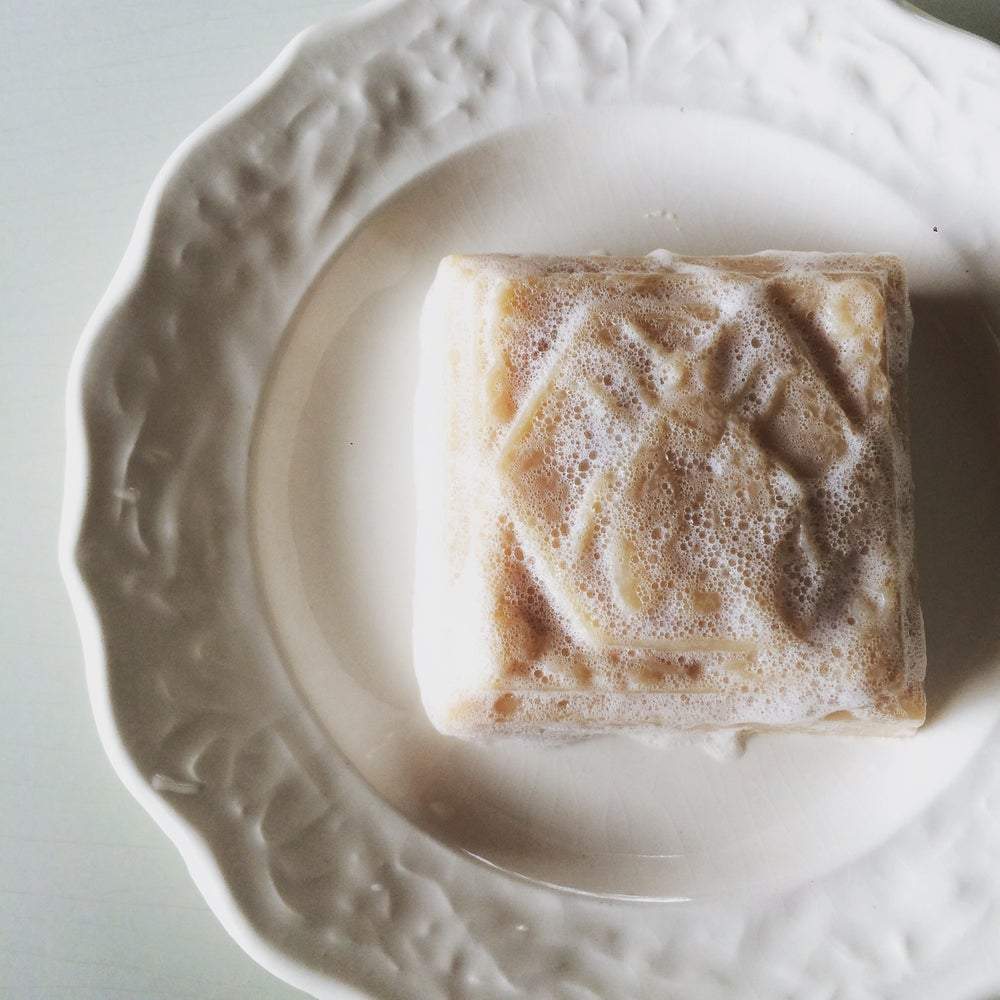
The tricky bit is bathrooms, and I will probably need that at least once. I will wipe your bathroom down with wipes before and after.
4). No more cash payment. I accept payment via PayPal, Venmo, or a check sent in the mail.
5) I promise full honesty about my health, and request the same, complete openness and transparency with regard to any symptoms of COVID-19. This goes both ways.
We can reschedule your shearing. DO NOT worry about telling me you don’t feel well, or had a family member bust out of quarantine without a mask and ruin it for everyone. I will come back. It’s not like there’s much traffic or much going on in my life right now. The sheep will be okay with shade and water.
6) I have elongated the time between jobs.
This, by far, is the hardest thing I have done. I am no longer visiting multiple farms in a day, which increases my mileage costs and drive time, and means I basically break even. So it goes this year.
I wanted it to allow a full two weeks between jobs but, with how many jobs I had to reschedule, how hot it is, and the condition of the animals, I can’t shear all the sheep that need doing and leave a full 14-day quarantine period between each and every job. ONE full week between jobs is the best I can do and survive as a business.
I promise to avoid all possible stops en route to a farm, for myself but also farmers and rural communities. I promise I have not done any crew work since January. I have not been in shearing trailers in close quarters.
I’m sure I seem like the OCD shearer now, but I am taking the virus seriously. One of our family members, aged 38, had it early on and almost died for about five days straight. We know now that most people who go into ICU with the virus are not coming out alive.
7) Transmission to sheep is unknown. I am not liable for any Covid-19 transmission to animals.
To the best of my knowledge, the only real data we have on this is that seven tigers at a Brooklyn zoo appear to have gotten the virus from an infected zookeeper, while that zookeeper was asymptomatic. This doesn’t tell us anything about people and livestock, of course. Livestock are SO different from cats, which get all sorts of things livestock can’t. The news did give me pause, however. Until we can all be tested and understand human-to-animal transmission (if any) fully, the best I can do is point out a possible risk and leave shearing up to the owner.
This is a truly unprecedented situation. Let’s do our best.
Questions or suggestions? Leave them below. I would love to learn what other farms and flocks are doing in these times.
